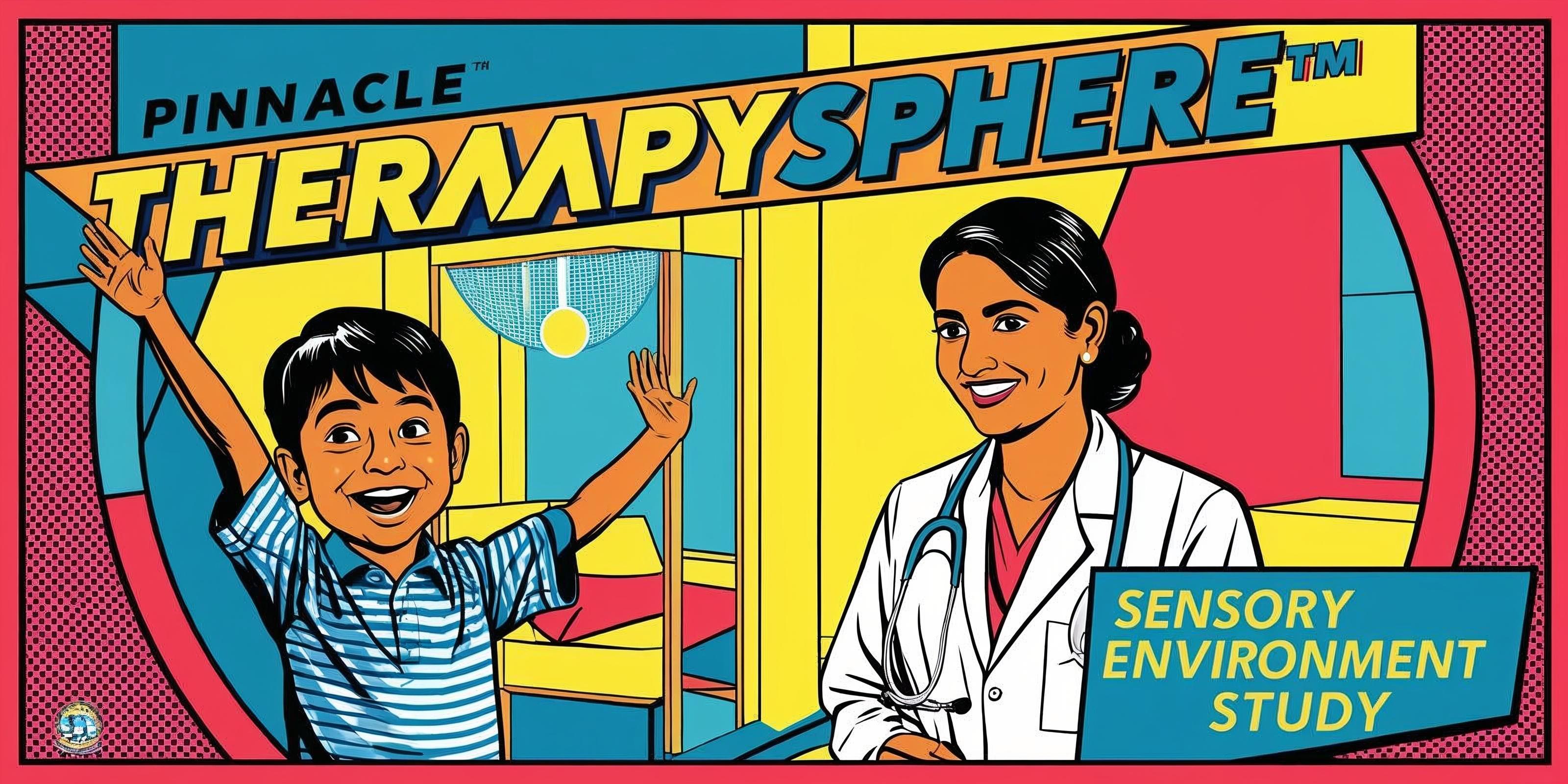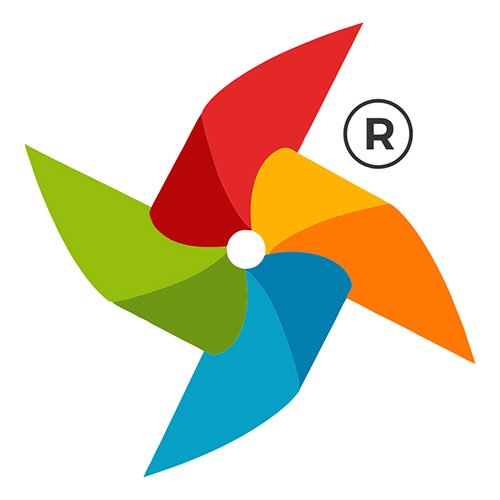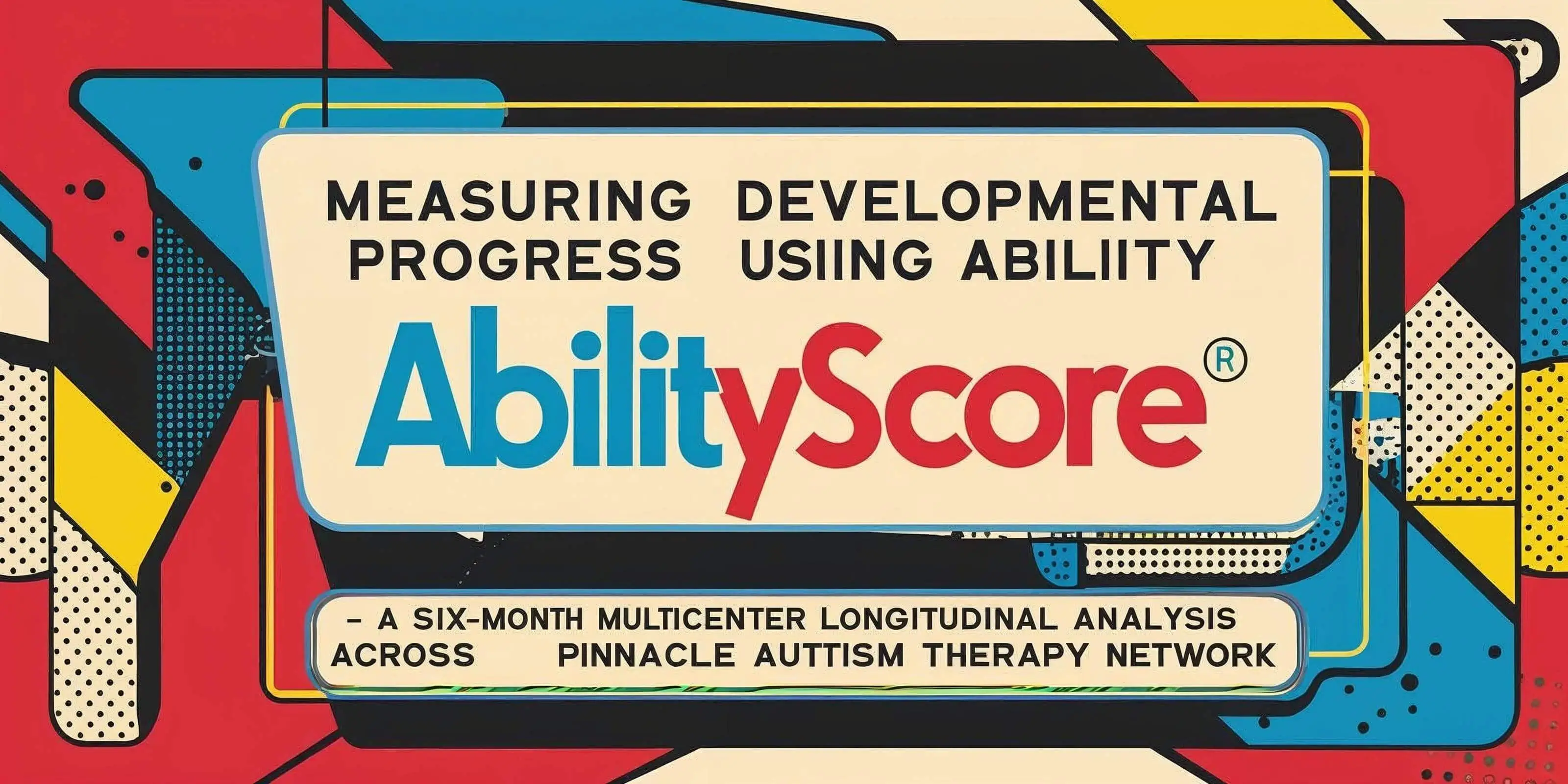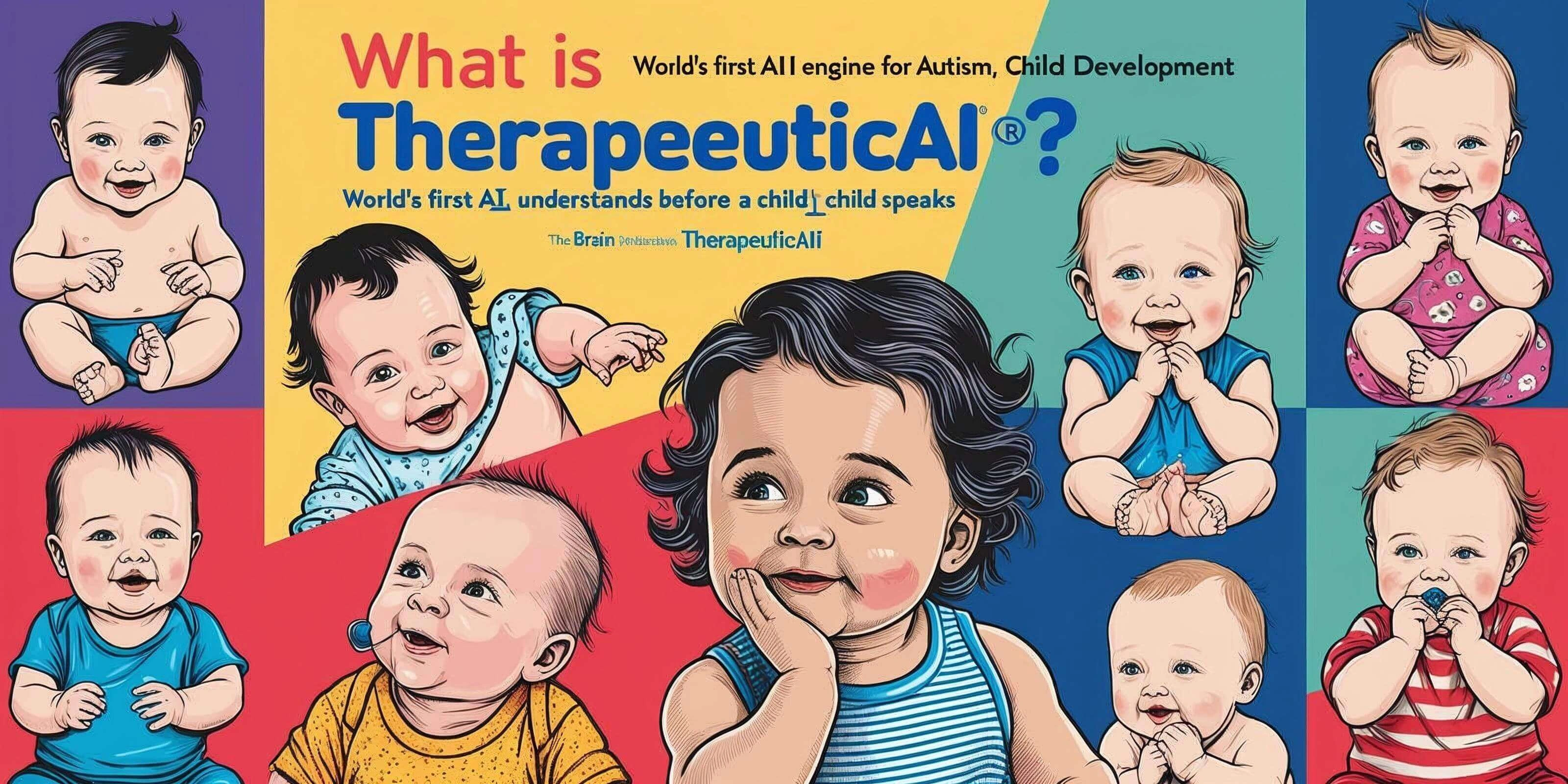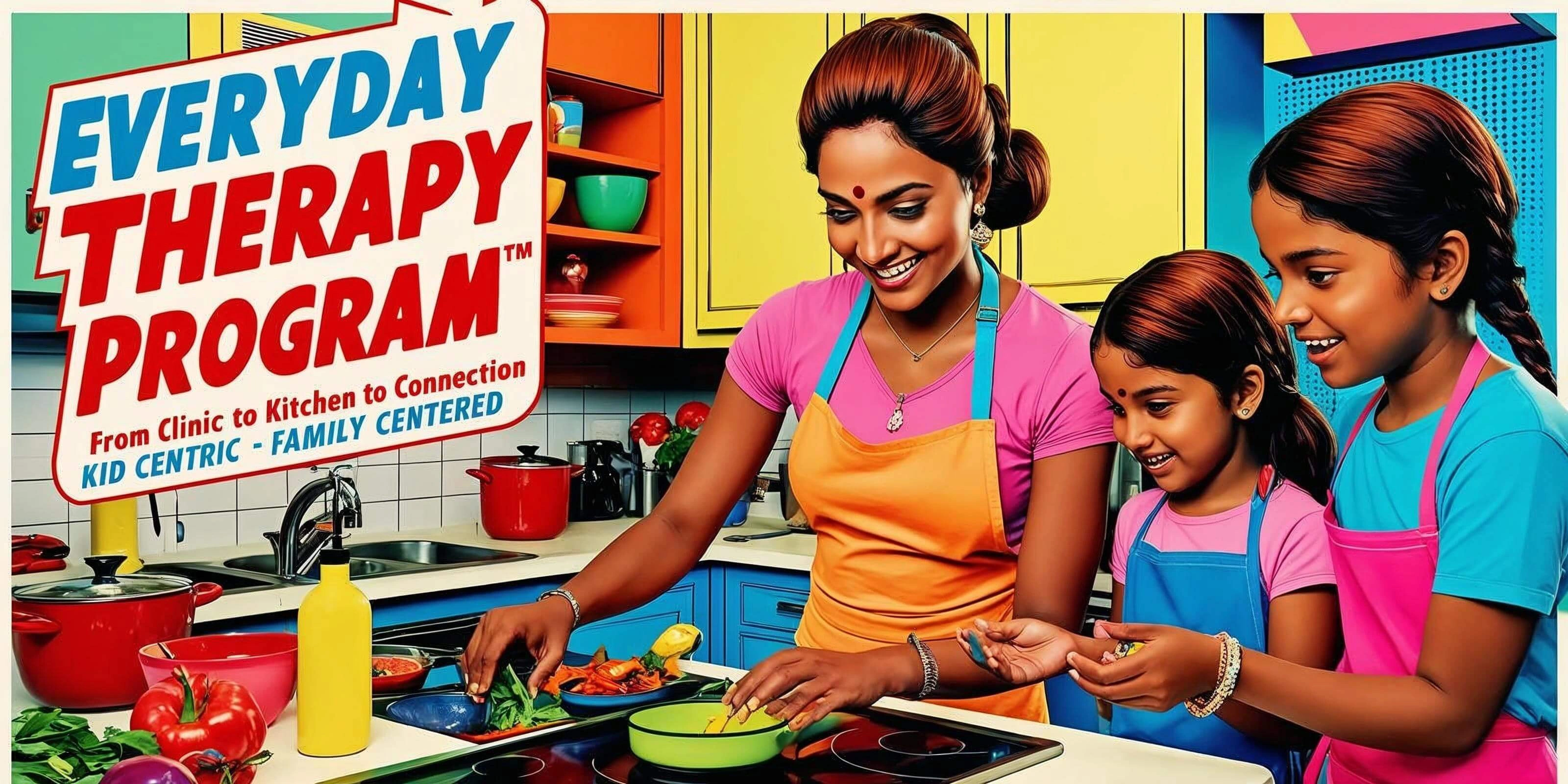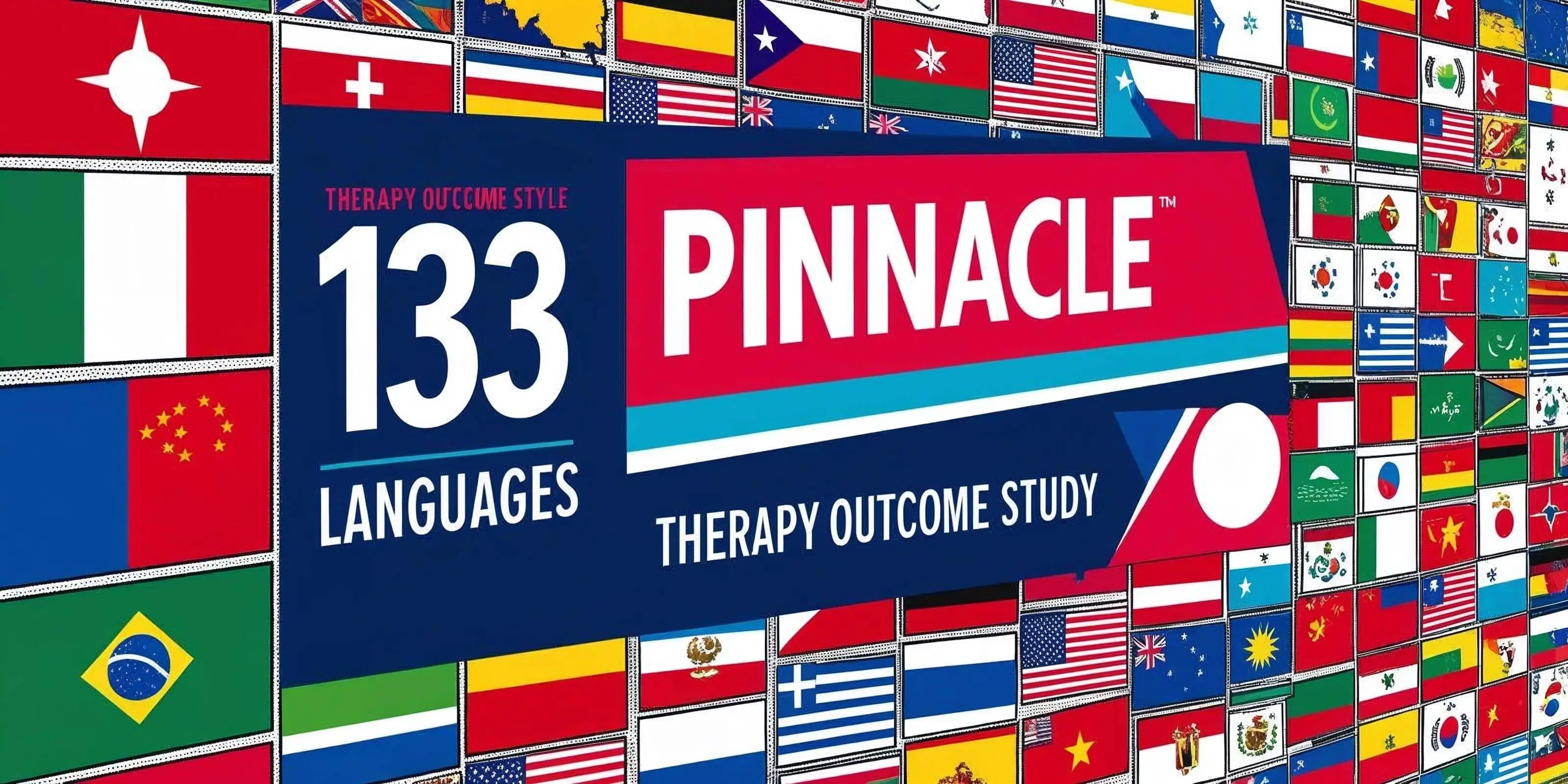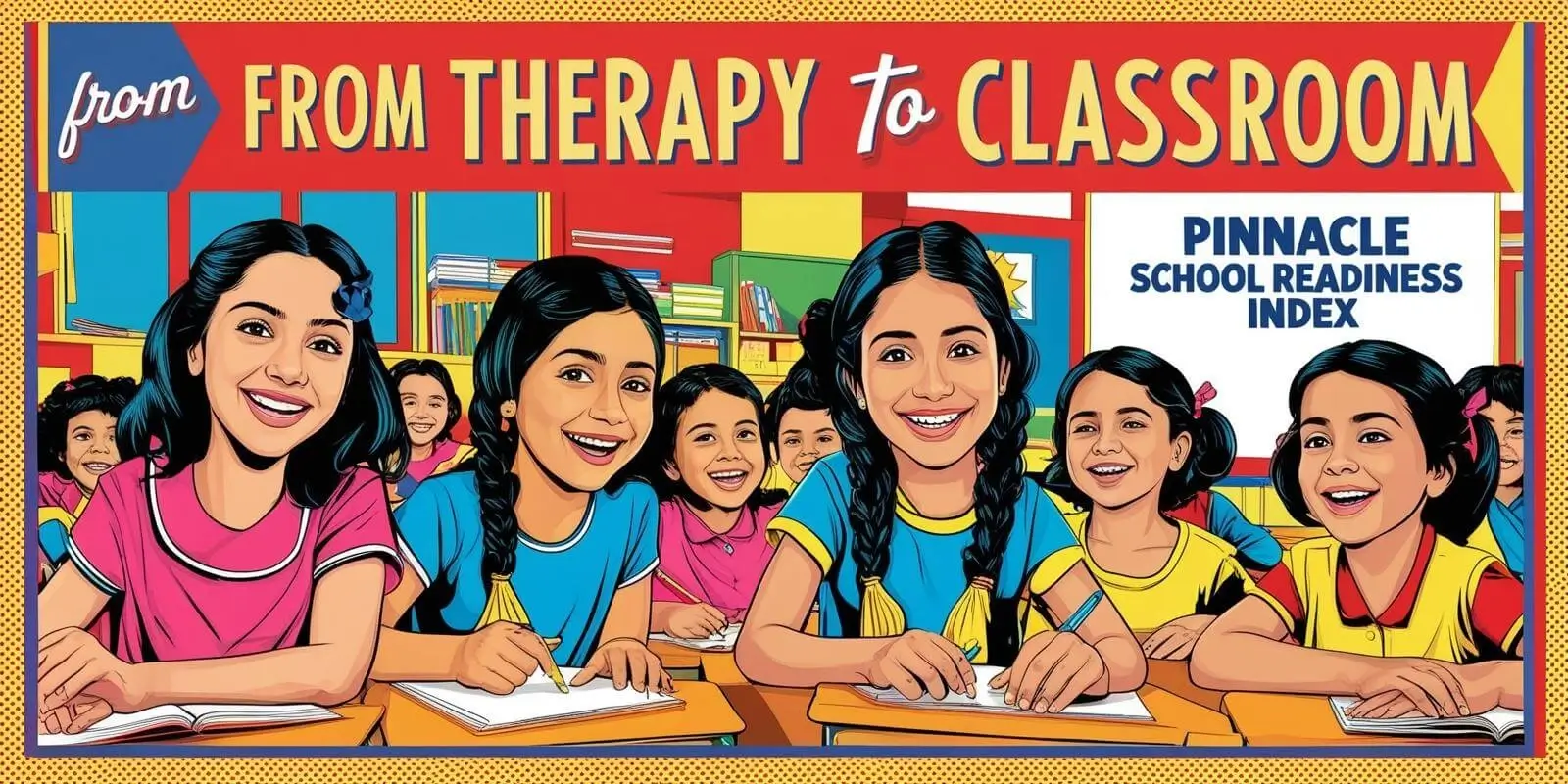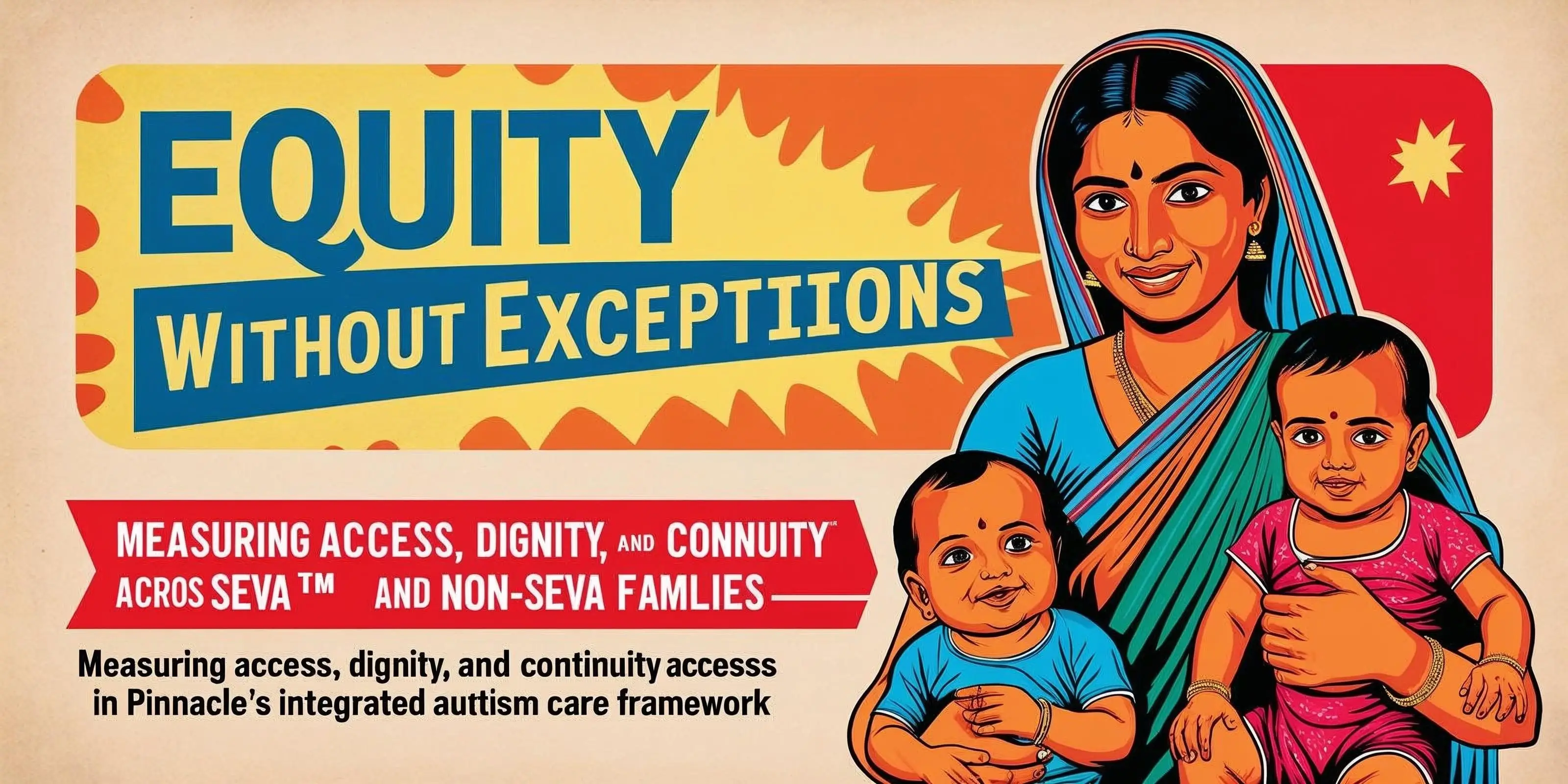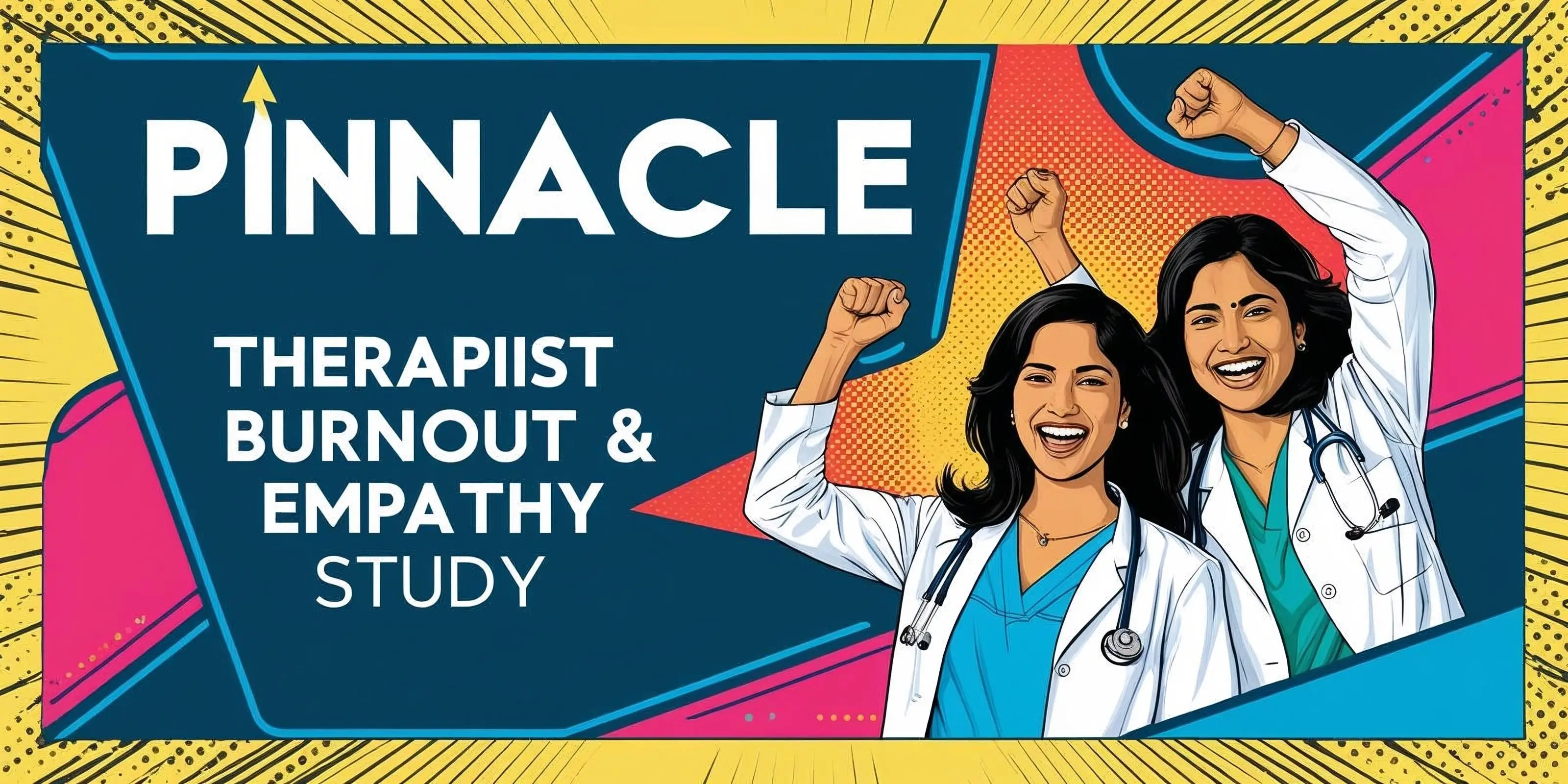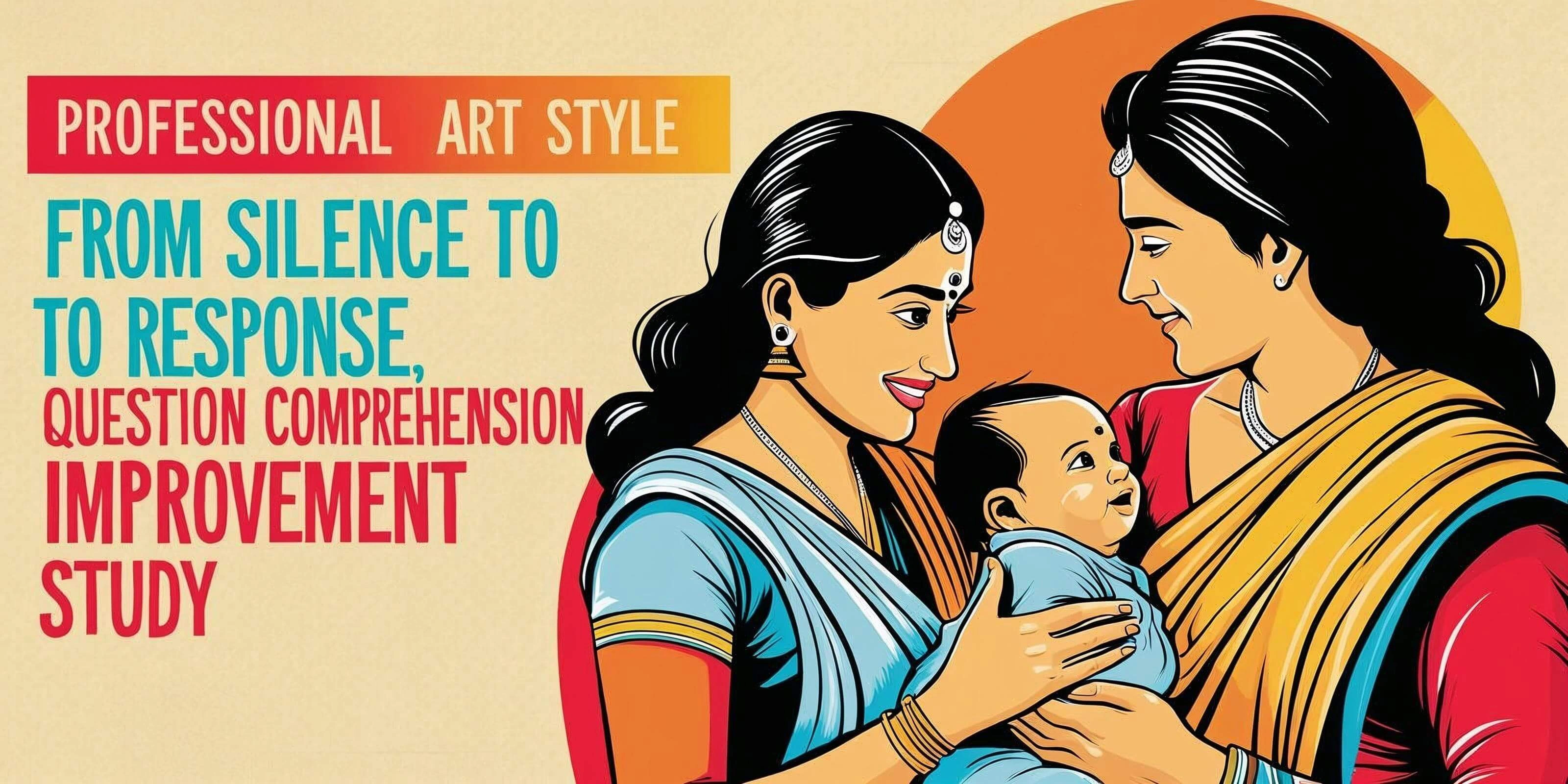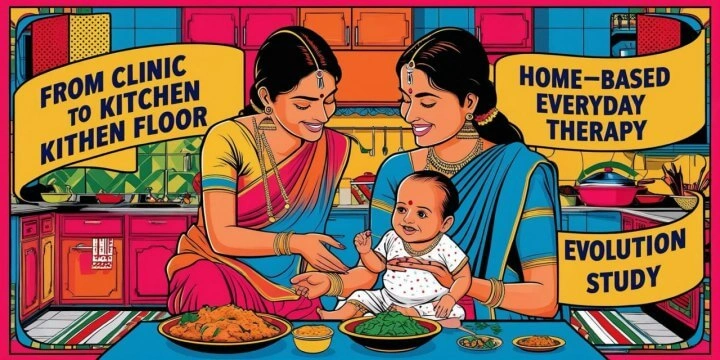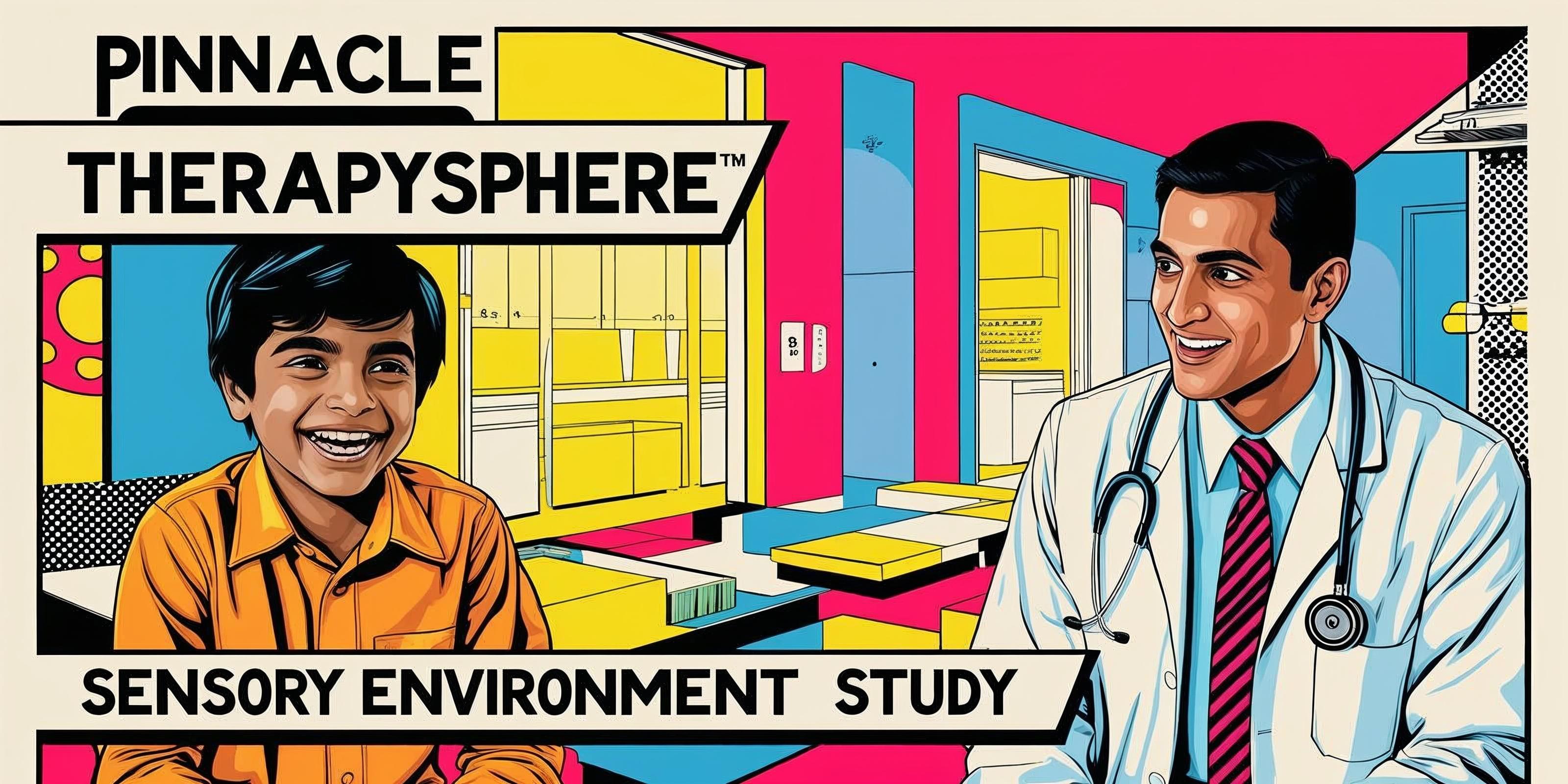
Pinnacle TherapySphere™ Sensory Environment Study
Healing Without Words: Evaluating the Impact of Sensory-Optimized Therapy Environments on Anxiety, Engagement, and Behavior in Children with Autism
1. Executive Summary
This study evaluates the impact of TherapySphere™, Pinnacle’s patented multi-sensory therapy room architecture, on emotional regulation and behavioral outcomes in children with developmental challenges.
Compared against traditional therapy environments, TherapySphere™ rooms demonstrated:
- 22.3% lower anxiety levels
- 14.8% higher engagement
- 43.0% fewer weekly meltdowns
These results confirm that therapeutic outcomes are not only influenced by protocols — but by the environments they are delivered in.
2. Study Objective
To assess how TherapySphere™ sensory therapy rooms impact:
- Anxiety reduction
- Therapy session engagement
- Behavioral regulation (meltdowns)
...as compared to standard, non-sensory therapy rooms.
3. Study Design & Methodology
Design: Controlled observational study conducted over 8 weeks across 10 Pinnacle centers.
Participants:
- 50 children treated in TherapySphere™ rooms
- 50 children treated in traditional (non-TherapySphere™) rooms
- Matched by diagnosis, age, and session frequency
- Even gender distribution (M:F = 1.1:1), age range: 2–10 years
Instruments & Metrics:
- Anxiety Score: Therapist-rated scale (0–100); lower is better
- Engagement Score: Composite score based on eye contact, verbal response, and task attention (0–100); higher is better
- Meltdowns/Week: Average therapist-observed behavioral escalations requiring intervention
All protocols and instruments were reviewed and approved by Pinnacle’s Internal Research Ethics Board to ensure child welfare and study integrity.
4. Results Summary
| Metric | TherapySphere™ | Traditional Rooms |
|---|---|---|
| Sample Size | 50 | 50 |
| Avg. Anxiety Score | 36.80 | 47.34 |
| Avg. Engagement Score | 81.73 | 71.17 |
| Avg. Meltdowns/Week | 0.93 | 1.63 |
| Min. Anxiety Recorded | 26.61 | 34.26 |
| Max. Engagement Recorded | 95.11 | 89.79 |
Statistical analysis revealed that the differences across all three key metrics were statistically significant, affirming the scientific credibility of the findings.
- Anxiety Score reduction: p < 0.01, Cohen’s d = 0.62 (medium-to-large effect)
- Engagement Score increase: p < 0.05, Cohen’s d = 0.48 (medium effect)
- Meltdown reduction: p < 0.001, Cohen’s d = 0.71 (large effect)
These results confirm that TherapySphere™ is not only behaviorally effective but statistically validated — significantly outperforming traditional therapy room environments in real-world settings.
5. Interpretation
TherapySphere™ rooms significantly reduce behavioral stress.
Warm lighting, sensory zoning, calming textures, and non-linear acoustics helped children self-regulate without requiring behavioral intervention.
Engagement increased in visually structured, non-clinical spaces.
Children maintained longer eye contact, responded faster to verbal prompts, and transitioned between tasks more smoothly.
Meltdown frequency nearly halved.
From 1.63 per week to 0.93 — suggesting not just emotional containment, but prevention and proactive nervous system stability.
📍 Case Snapshot
“Ravi, age 4, previously required 3 interventions per session for meltdowns. After two weeks in a TherapySphere™ environment, he completed 5 full sessions without a single escalation.”
These results affirm that space is therapy — and TherapySphere™ makes that space scientific.
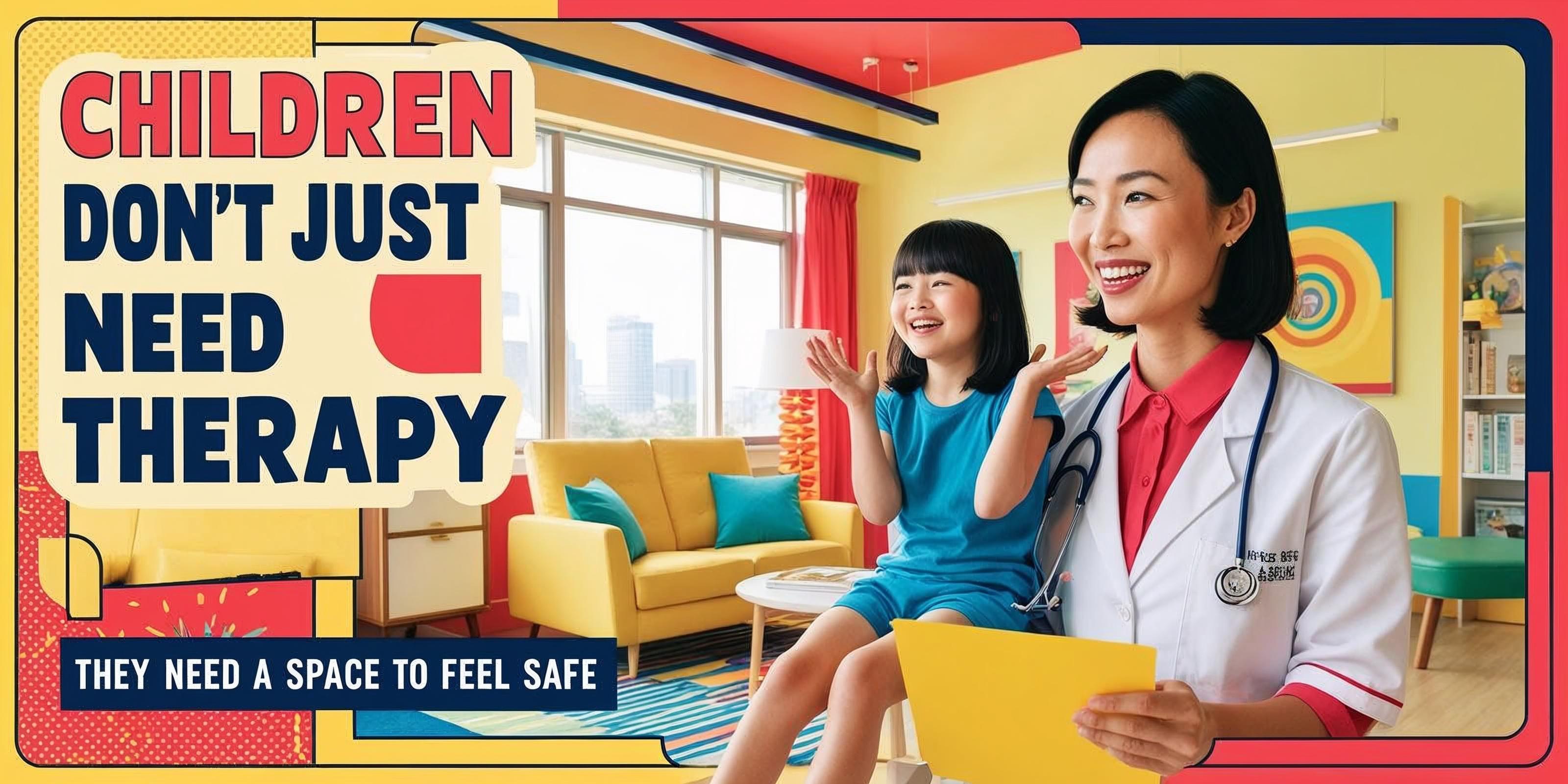
6. Therapist & Parent Testimonials
“I had a child who would scream in a white-walled room. In TherapySphere™, he whispered his first word.”
— Shilpa, Senior OT, Pinnacle Khammam
“The lights, the tactile walls — it resets their nervous system. I spend more time teaching, less time calming.”
— Rajeev, ABA Therapist, Pinnacle Bengaluru
“This isn’t décor. It’s design with neurobiology. It works like an invisible co-therapist.”
— Dr. Anjali R., Sensory Integration Specialist
“I don’t know what changed — but my child started walking into therapy smiling, and coming out calm and happy.”
— Lakshmi, Parent of a 5-year-old, Pinnacle Hyderabad
7. Global Significance
TherapySphere™ is the world’s first fully codified sensory therapy architecture that is:
- Neurodevelopmentally aligned with the latest research in sensory modulation and brain plasticity
- Culturally calibrated to Indian child psychology and home environment generalization
- Technologically augmented with AI-triggered sensory state prediction (currently in development)
Traditional rooms use walls. TherapySphere™ uses space, science, and softness.
When compared with global sensory room frameworks like Snoezelen™, which offer primarily passive stimulation, TherapySphere™ delivers structured, outcome-driven interventions.
This makes it the world’s first active neurotherapeutic environment — combining sensory science with therapy goal alignment, tailored to real-world child outcomes.
🟢 SDG-Aligned: TherapySphere™ supports the United Nations’ Sustainable Development Goals:
- SDG 3: Good Health and Well-Being
- SDG 4: Quality Education (via school-readiness outcomes)
8. Design Principles
TherapySphere™ follows a multi-modal therapeutic design framework — integrating neuroscience, architecture, and real-time therapy utility. Every element is crafted not for aesthetics, but for regulated emotional and behavioral transformation.
Colored zones reduce disorientation, reinforce routine, and support predictability.
Wall textures provide safe outlets for stimming and sensory seeking — reducing aggression and stress.
Acoustic insulation, non-linear diffusion, and soft soundscapes support auditory processing and sensory tolerance.
Built-in mini-motor gyms, tunnels, and active play zones support gross motor integration and vestibular balance.
Circadian-aligned, programmable LED zones enable real-time sensory regulation — calming overstimulation or activating hypo-responsiveness.
This is not interior design. This is structured healing.
9. Limitations & Future Work
While TherapySphere™ demonstrated statistically and clinically significant outcomes, the study team acknowledges the following limitations:
- Self-selection bias: Some children naturally adapt better to sensory environments
- Emotional resilience: Long-term follow-up on emotional stability outside therapy was not within the study window
- Age limitations: Data applies to ages 2–10; teen and adult sensory environments are under development
🔭 Future Directions
- Blueprint Publishing: Open-source “TherapySphere™ Blueprint” for public sector clinics and NGOs
- Anganwadi & ASHA Kits: Modular, low-cost TherapySphere™ kits to extend sensory support to rural India
- AI Integration: Embed AI-powered sensors to detect dysregulation and auto-adjust room parameters in real time
- Longitudinal Research: Track school readiness, academic integration, and long-term emotional regulation
Pinnacle is committed to expanding the frontier of sensory therapy — by empowering families, therapists, governments, and global healthcare systems with science-backed healing spaces.
10. Policy Recommendations
Based on the statistically significant improvements in anxiety, engagement, and meltdown reduction, the following public health and education policies are recommended for immediate consideration:
- 🏛️ National Regulation: Require all government and private therapy centers to meet minimum sensory room standards.
- 🏥 Public Health Integration: Include TherapySphere™ environments as part of standard protocol across NHM (National Health Mission) autism and child psychiatry clinics.
- 🏫 Educational Inclusion: Integrate TherapySphere™-aligned sensory rooms into CBSE, ICSE, and state board schools for inclusive education, behavioral regulation, and focus training.
- 🤝 CSR Collaboration: Allow CSR tax rebates and 80G/35AC-linked benefits for corporates funding TherapySphere™ rooms in Tier-2, Tier-3, and tribal districts.
- 📍 Model Replication: Scale successful pilots like Pinnacle–Khammam Govt Center across other districts under PM-ABHIM and NEP 2020 implementation plans.
Sensory regulation is not a luxury. It is foundational to behavior, learning, and emotional wellness. With scalable blueprints and proven outcomes, TherapySphere™ is ready to become India’s national standard.
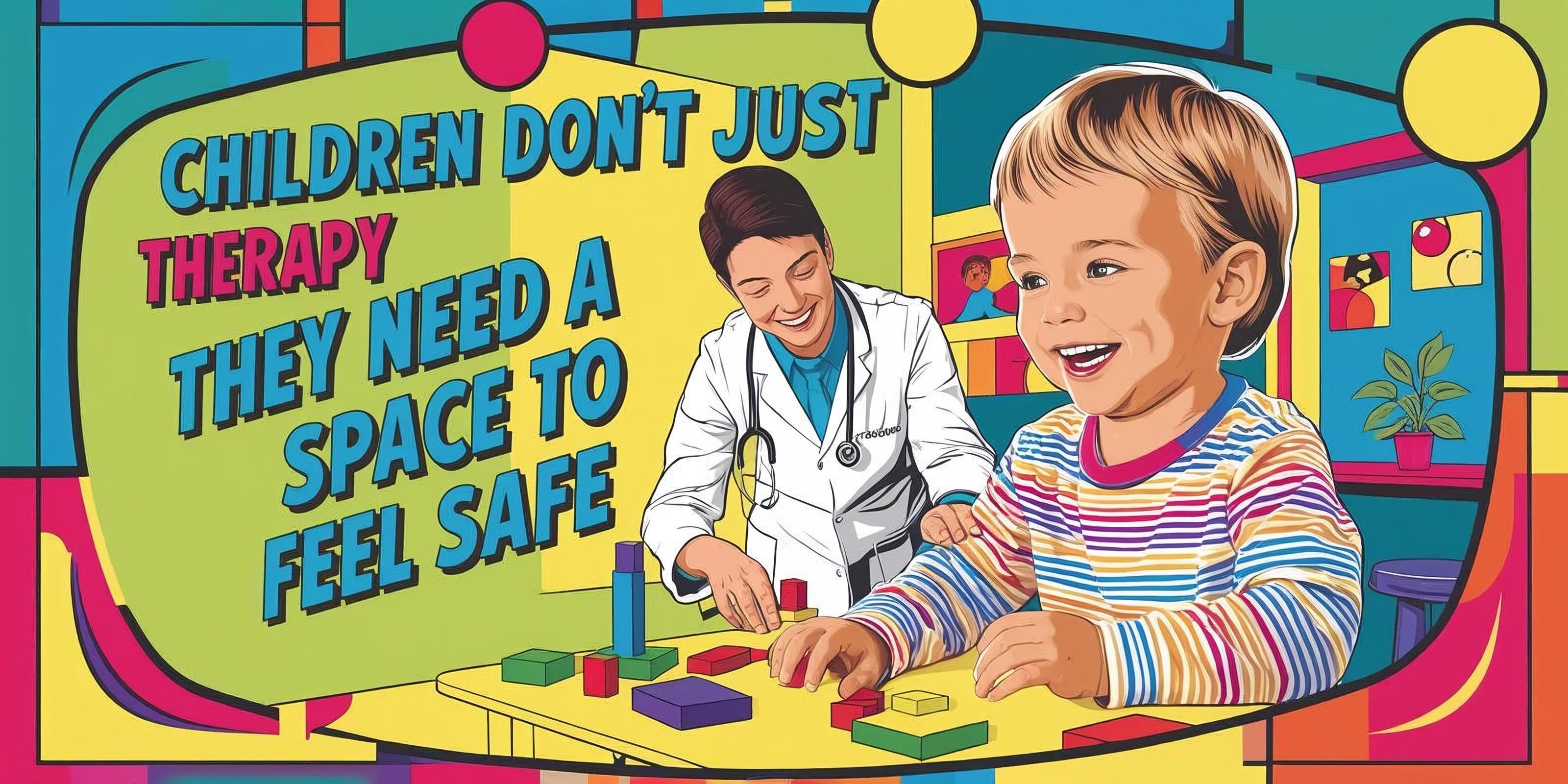
11. Conclusion
Children don’t just need therapy. They need a space to feel safe. To feel seen. To explore. To regulate. To grow.
TherapySphere™ is not an aesthetic decision. It is an ethical innovation. It recognizes that a child’s environment — sensory, spatial, and emotional — is as vital as the therapy itself.
By transforming passive rooms into active, neuroscience-informed therapy spaces, Pinnacle’s TherapySphere™ has shown that space is therapy — and that design can heal.
Every child deserves more than just a room. They deserve an environment designed for their nervous system.
For governments, schools, hospitals, NGOs, and CSR partners — this is the opportunity to redefine care environments and make healing visible, structured, and scalable.
12. Learn More / Partner with Us
TherapySphere™ is a certified Pinnacle Innovation — designed, tested, and proven through over 19 million+ therapy sessions.
- 🧠 View Virtual Room Tours: www.pinnacleblooms.org/therapysphere
- 🏫 Pilot a TherapySphere™: Transform your school, hospital, clinic, or government center with a turnkey sensory healing environment.
- 📐 Licensing & Consulting: Access blueprints, training, and sensory design implementation guidance.
- 💌 Email: care@pinnacleblooms.org
- 📞 National Autism Helpline: 9100 181 181
📢 Want to bring TherapySphere™ to your state or country?
Partner with India’s most trusted child development innovation platform. Together, let’s build sensory environments that change lives.
13. Scholarly Collaboration
Pinnacle welcomes collaboration with:
- Academic researchers and postdoctoral fellows
- Global development organizations (WHO, UNICEF, etc.)
- University departments in child development, psychology, architecture, and neuroscience
- Peer-reviewed medical and education journals
- Clinical research organizations (CROs) and ethics boards
Our mission is to ensure that TherapySphere™ becomes a globally cited, peer-reviewed, and replicated model — not just in India, but across all nations prioritizing inclusive child development.
For joint research proposals, citations, or scholarly inquiries, please write to: care@pinnacleblooms.org
Together, let us advance the science of healing environments — and create a world where every child’s sensory and emotional needs are respected, understood, and empowered.
